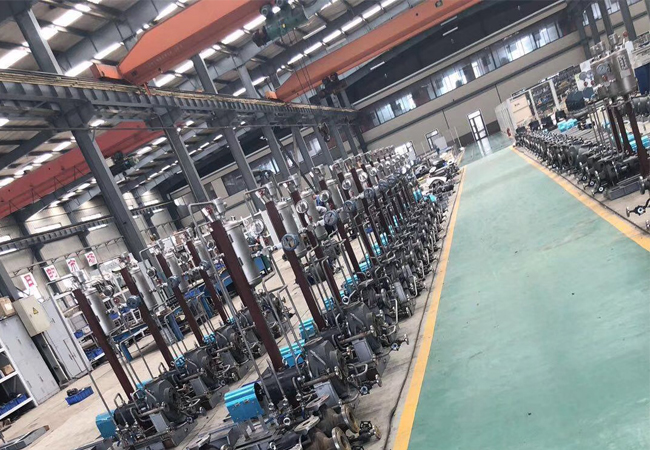English
- Afrikaans
- Albanian
- Amharic
- Arabic
- Armenian
- Azerbaijani
- Basque
- Belarusian
- Bengali
- Bosnian
- Bulgarian
- Catalan
- Cebuano
- Corsican
- Croatian
- Czech
- Danish
- Dutch
- English
- Esperanto
- Estonian
- Finnish
- French
- Frisian
- Galician
- Georgian
- German
- Greek
- Gujarati
- Haitian Creole
- hausa
- hawaiian
- Hebrew
- Hindi
- Miao
- Hungarian
- Icelandic
- igbo
- Indonesian
- irish
- Italian
- Japanese
- Javanese
- Kannada
- kazakh
- Khmer
- Rwandese
- Korean
- Kurdish
- Kyrgyz
- Lao
- Latin
- Latvian
- Lithuanian
- Luxembourgish
- Macedonian
- Malgashi
- Malay
- Malayalam
- Maltese
- Maori
- Marathi
- Mongolian
- Myanmar
- Nepali
- Norwegian
- Norwegian
- Occitan
- Pashto
- Persian
- Polish
- Portuguese
- Punjabi
- Romanian
- Russian
- Samoan
- Scottish Gaelic
- Serbian
- Sesotho
- Shona
- Sindhi
- Sinhala
- Slovak
- Slovenian
- Somali
- Spanish
- Sundanese
- Swahili
- Swedish
- Tagalog
- Tajik
- Tamil
- Tatar
- Telugu
- Thai
- Turkish
- Turkmen
- Ukrainian
- Urdu
- Uighur
- Uzbek
- Vietnamese
- Welsh
- Bantu
- Yiddish
- Yoruba
- Zulu
Telephone: +86 13120555503
Email: frank@cypump.com
Nov . 07, 2024 21:12 Back to list
Chemical Feed Pumps for Effective Water Treatment Solutions and Applications
Chemical Feed Pumps in Water Treatment
Water treatment is an essential process in ensuring that the water we consume and utilize is safe and clean. One of the critical components of modern water treatment facilities is the chemical feed pump. These pumps play a vital role in delivering precise amounts of chemicals necessary for effective water purification, disinfection, and overall quality management. Understanding the function and significance of chemical feed pumps is important for optimizing water treatment operations and ensuring public health.
The Role of Chemical Feed Pumps
Chemical feed pumps are designed to accurately dispense chemicals into water systems at controlled rates. The types of chemicals used in water treatment vary widely, but they often include coagulants, flocculants, biocides, and pH adjusters. Each of these chemicals serves a unique purpose in the treatment process. For instance, coagulants help to aggregate small particles in the water, making them easier to remove during filtration. Biocides are used to eliminate harmful microorganisms, while pH adjusters help maintain the water’s acidity at optimal levels for clarity and safety.
Precision is paramount in chemical dosing because under-dosing can lead to ineffective treatment, while overdosing can create safety hazards and increase operational costs. Chemical feed pumps provide the necessary precision to maintain the balance required for efficient water treatment.
Types of Chemical Feed Pumps
Chemical feed pumps come in various types, each suited for specific applications and chemical characteristics. The most common types include
1. Diaphragm Pumps These pumps use a flexible diaphragm to create a vacuum that draws in the chemical and then pushes it out with precision. They are known for their ability to handle corrosive and viscous fluids and provide accurate flow rates.
2. Gear Pumps Ideal for low-viscosity fluids, gear pumps utilize interlocking gears to move the chemical. They offer steady flow but are less effective for highly viscous substances.
3. Peristaltic Pumps This type uses a rotating mechanism to squeeze a flexible hose, creating a vacuum that draws in the chemical and then pushes it out. They are excellent for handling shear-sensitive compounds and provide a reliable means of dosing.
chemical feed pumps water treatment

4. Piston Pumps These pumps use a piston-driven mechanism to force chemicals into the delivery line. They are capable of high-pressure applications and are often used for more viscous chemicals.
Choosing the right pump depends on various factors, such as the type of chemical, required flow rate, and environmental conditions.
Importance of Maintenance
The effectiveness of chemical feed pumps directly correlates with regular maintenance and monitoring. Neglecting this aspect can lead to inefficiencies, pump failure, or even contamination of treated water. Regular checks should include inspecting hoses, calibrating flow rates, and ensuring that all seals and connections are leak-free.
Additionally, maintaining proper chemical inventory and storage is crucial. Chemicals should be stored in appropriate containers to prevent degradation and ensure safety. Staff handling chemicals must be adequately trained in safety procedures and emergency response methods.
Advancements in Chemical Feed Technology
Advancements in technology have significantly improved the capabilities of chemical feed pumps. Modern pumps often incorporate automation and advanced control systems that enable real-time monitoring and adjustment of chemical dosing. This not only enhances accuracy but also allows for data collection and analysis, which can lead to improved decision-making and operational efficiency.
Furthermore, connectivity and integration with digital platforms allow operators to access information remotely and make adjustments on-the-fly, paving the way for more responsive and agile water treatment processes.
Conclusion
Chemical feed pumps are indispensable in the quest for safe, clean water. Their precision and reliability ensure that the right amount of chemicals is delivered to treat water effectively. As technology continues to evolve, the capabilities of these pumps will enhance, allowing for even better management of water quality. Investing in quality pumps and maintaining them diligently is a critical step in safeguarding public health and sustaining our vital water resources. Understanding the intricate role of chemical feed pumps is essential for anyone involved in water treatment, ensuring that our water supply remains safe and abundant for future generations.
-
Reliable Non-Clog Sewage Pumps with GPT-4-Turbo Tech
NewsAug.04,2025
-
High-Performance Air Pumps for Sand & Gravel | Efficient Transport
NewsAug.03,2025
-
ISG Series Vertical Pipeline Pump - Chi Yuan Pumps Co., LTD.|Energy Efficiency, Corrosion Resistance
NewsAug.03,2025
-
ISG Series Pipeline Pump - Chi Yuan Pumps | Energy Efficiency&Compact Design
NewsAug.03,2025
-
ISG Series Vertical Pipeline Pump - Chi Yuan Pumps Co., LTD.|High Efficiency, Low Noise, Durable
NewsAug.02,2025
-
ISG Series Vertical Pipeline Pump - Chi Yuan Pumps | High Efficiency, Low Noise
NewsAug.02,2025










